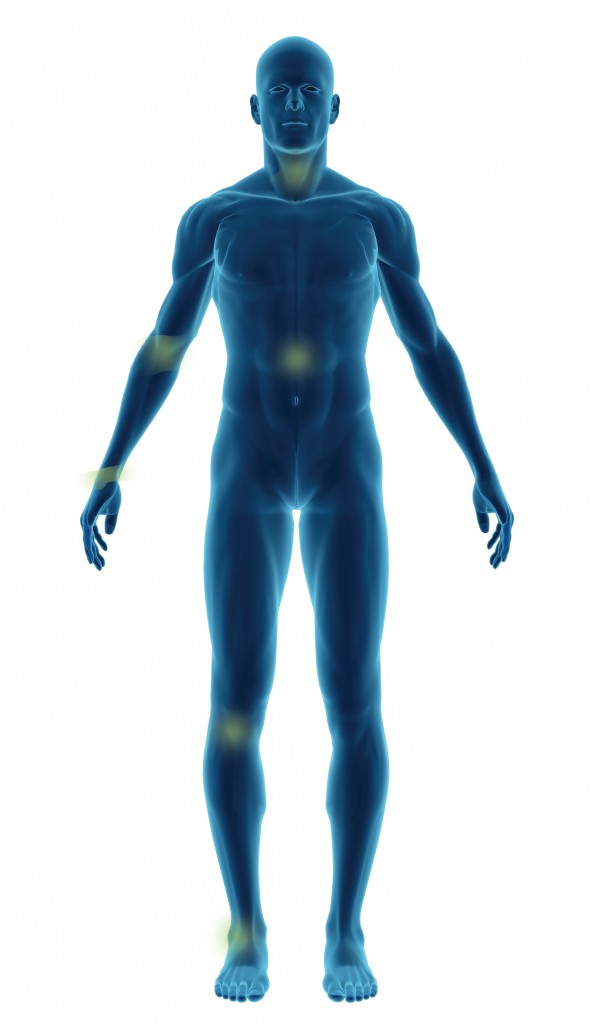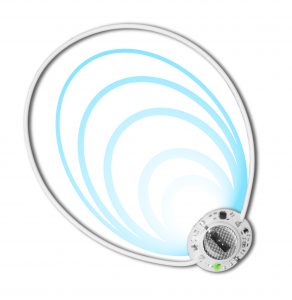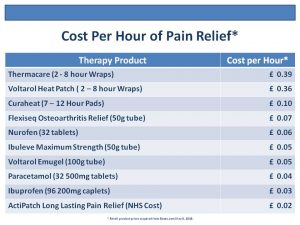Pain Overview

What is Acute Pain?
Acute pain, for the most part, results from disease, inflammation, or injury to tissues. This type of pain generally comes on suddenly, for example, after trauma or surgery, and may be accompanied by anxiety or emotional distress. The cause of acute pain can usually be diagnosed and treated, and the pain is self-limiting, that is, it is confined to a given period of time and severity. In some rare instances, it can become chronic.
What is Chronic Pain?
Chronic pain is widely believed to represent disease itself. It can be made much worse by environmental and psychological factors. Chronic pain persists despite the fact that the injury has healed. Pain signals remain active in the nervous system for weeks, months, or years. Physical effects include tense muscles, limited mobility, a lack of energy, and changes in appetite. Emotional effects include depression, anger, anxiety, and fear of re-injury. Such a fear might hinder a person’s ability to return to normal work or leisure activities.
Pain Treatment
Depending upon its severity, pain might be treated in a number of ways. Symptomatic options for the treatment of pain might include one or more of the following:
- Non-steroidal anti-inflammatory drugs (NSAIDs), a specific type of painkiller such as Motrin® or Aleve®
- Acetaminophen (such as Tylenol®)
- Narcotics (such as morphine or codeine)
- Localized anesthetic (a shot of a pain killer medicine into the area of the pain)
- Nerve blocks (the blocking of a group of nerves with local anesthetics)
- Acupuncture
- Electrical stimulation
- Physical therapy
- Surgery
- Psychotherapy (talk therapy)
- Relaxation techniques such as deep breathing
- Biofeedback (treatment technique in which people are trained to improve their health by using signals from their own bodies)
- Behavior modification
Each of the above treatments can be helpful but they also have a number of significant limitations. Whether it is the lack of effectiveness and adverse side effects with drug therapy or significant drawbacks in both time and financial cost.
The New Way to Treat Pain & Inflammation
 BioElectronics has developed a pain therapy that is effective, easy to use and is a localized treatment with no known adverse side effects. The therapy is known as pulsed electromagnetic diathermy and has been available for decades. BioElectronics significant innovation is miniaturizing the technology which allows the therapy to be used up to 24 hours a day. This has taken the once expensive and clinic based treatment, and made it extremely economical and available for everyday use. Because it is a simple localized treatment, it can be used as a standalone therapy, or as adjunct therapy depending on the condition being treated. Clinical study has shown that it is an effective therapy for both acute pain and chronic pain. Please visit our clinical evidence section for more details. We are progressing with a significant number of new clinical trials to further expand the use and acceptance of this innovative pain therapy.
BioElectronics has developed a pain therapy that is effective, easy to use and is a localized treatment with no known adverse side effects. The therapy is known as pulsed electromagnetic diathermy and has been available for decades. BioElectronics significant innovation is miniaturizing the technology which allows the therapy to be used up to 24 hours a day. This has taken the once expensive and clinic based treatment, and made it extremely economical and available for everyday use. Because it is a simple localized treatment, it can be used as a standalone therapy, or as adjunct therapy depending on the condition being treated. Clinical study has shown that it is an effective therapy for both acute pain and chronic pain. Please visit our clinical evidence section for more details. We are progressing with a significant number of new clinical trials to further expand the use and acceptance of this innovative pain therapy.
